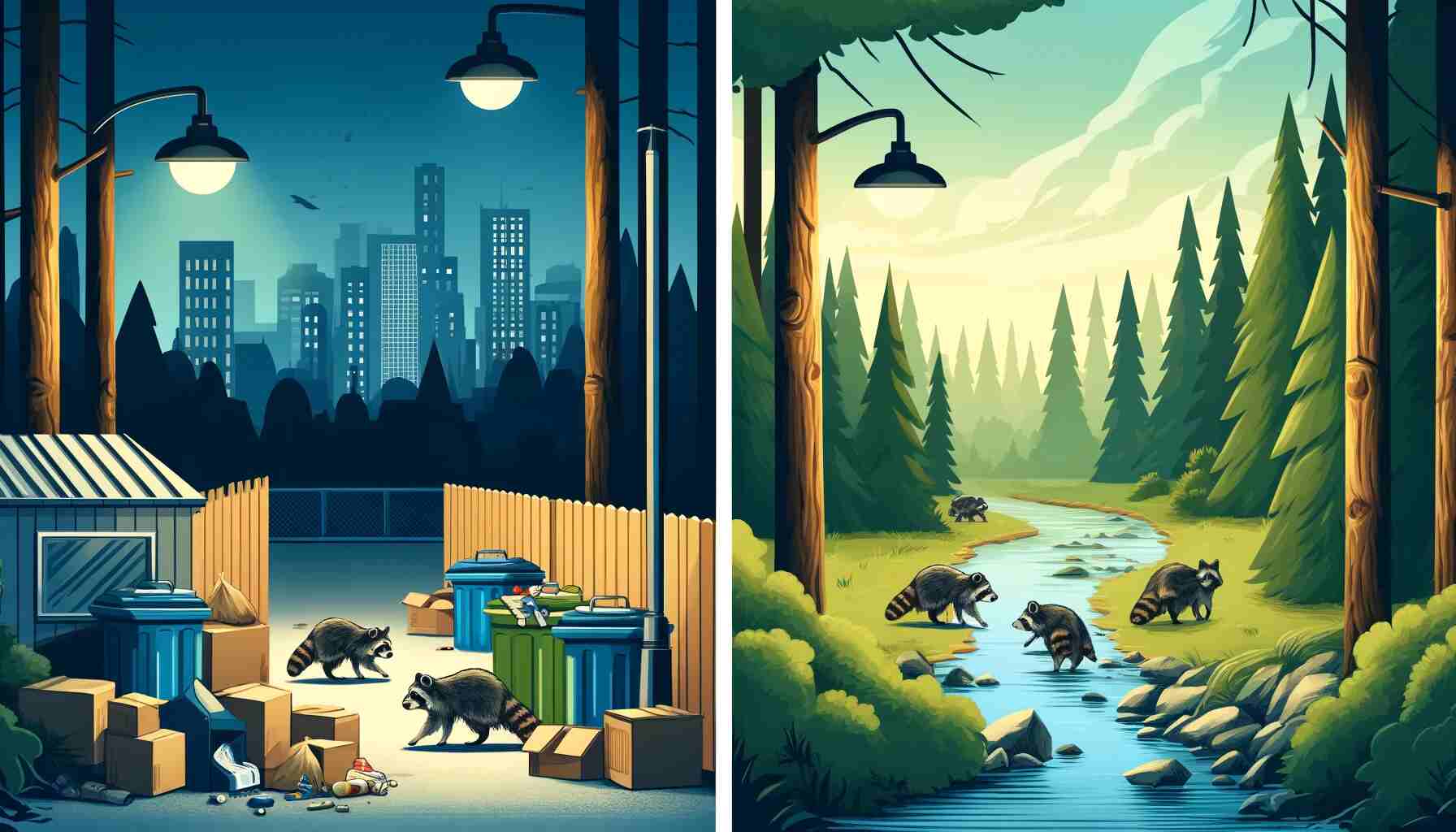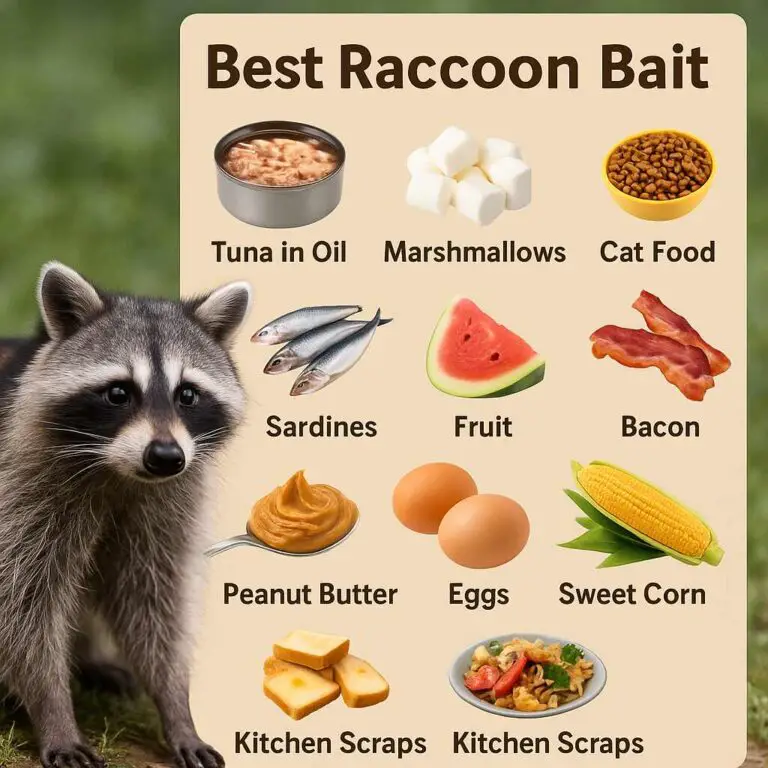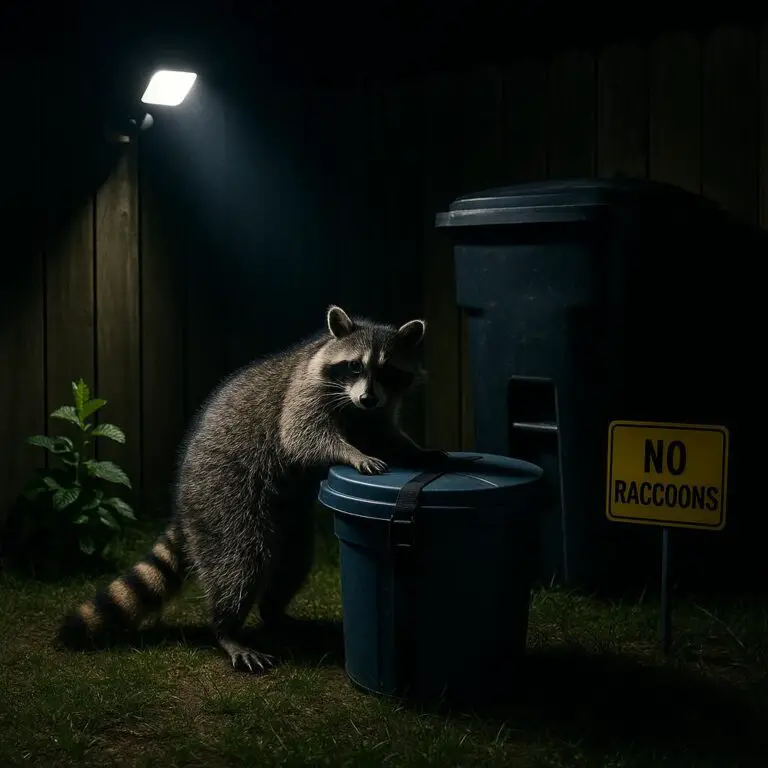Understanding raccoons’ habitat preferences, behavior differences, and challenges in various habitats can provide insight into their adaptive strategies and interactions with human populations. This article dives into the intricacies of raccoon habitat preferences, comparing urban and rural settings, examining behavioral adaptations, and highlighting the challenges they face in these environments.
Raccoons
Raccoons (Procyon lotor) are omnivorous mammals native to North America. They are known for their intelligence, dexterity, and adaptability. Raccoons typically weigh between 8 to 20 pounds and have a life expectancy of 2 to 3 years in the wild, although they can live longer in captivity.
Urban Habitats
Urban areas present a unique set of challenges and opportunities for raccoons. These environments are characterized by high human population density, buildings, roads, and limited natural spaces. Despite these challenges, raccoons have successfully adapted to urban living.
Availability of Food Sources
Urban environments offer raccoons a variety of food sources. They scavenge in garbage cans, compost bins, and dumpsters, taking advantage of human waste. Pet food left outdoors and bird feeders also provide easy meals. Raccoons in urban areas may exhibit higher body weights due to the abundance of food compared to their rural counterparts.
Statistics and Studies
- A study published in the Journal of Mammalogy found that urban raccoons had a diet consisting of 32% human-related food, compared to only 7% in rural areas (Prange et al., 2004).
- Another study highlighted that raccoons in urban areas had larger home ranges, averaging 50-150 acres, due to the need to traverse between fragmented habitats (Hennessy et al., 2011).
Shelter and Nesting
Urban raccoons often seek shelter in attics, basements, and under decks. They exploit structural weaknesses in buildings to create nests, sometimes causing significant damage. Urban parks, green spaces, and cemeteries also provide nesting opportunities.
Behavioral Adaptations
Urban raccoons tend to be more nocturnal, taking advantage of quieter nighttime hours to avoid human interaction. They exhibit bolder behavior, often becoming less wary of human presence over time.
Rural Habitats
In contrast, rural areas offer raccoons a more traditional and natural habitat. These environments are characterized by forests, farmlands, and wetlands, providing a different set of challenges and resources.
Natural Food Sources
Rural raccoons primarily feed on fruits, nuts, insects, small mammals, and aquatic organisms like crayfish. Their diet is more varied and aligned with seasonal availability. They also raid agricultural crops, such as cornfields, leading to conflicts with farmers.
Statistics and Studies
- Research published in the Canadian Journal of Zoology found that rural raccoons had a diet composition of 60% plant matter, 30% animal matter, and 10% human-related food (Pedlar et al., 1997).
- A study on raccoon population dynamics in rural areas indicated that their home ranges are smaller, averaging 30-50 acres, due to more consistent and abundant natural resources (Gehrt & Fritzell, 1998).
Shelter and Nesting
Rural raccoons use natural shelters such as tree cavities, burrows, and dens. They may also inhabit abandoned barns and sheds. The availability of natural shelters reduces their need to intrude into human structures.
Behavioral Adaptations
Rural raccoons are generally more cautious and elusive. They are less likely to have frequent interactions with humans and are more reliant on their natural instincts and behaviors for survival.
Challenges Faced by Urban Raccoons
Human-Wildlife Conflicts
Urban raccoons often come into conflict with humans. Their scavenging behavior can lead to property damage, and their presence in residential areas can be a nuisance. Additionally, raccoons are known carriers of diseases such as rabies and leptospirosis, posing health risks to humans and pets.
Traffic and Accidents
Urban raccoons are at a higher risk of traffic accidents. The dense road networks and high vehicle traffic in cities increase the likelihood of raccoons being struck by cars.
Statistics and Studies
- According to a study by the Urban Wildlife Research Program, road mortality is a significant cause of death for urban raccoons, with 30% of the studied population succumbing to vehicle collisions (Bateman & Fleming, 2012).
Pollution and Toxic Exposure
Urban environments expose raccoons to pollutants and toxins. Contaminated food sources and polluted water bodies can affect their health and reduce their lifespan.
Challenges Faced by Rural Raccoons
Habitat Destruction
Agricultural expansion, deforestation, and urban sprawl contribute to habitat loss for rural raccoons. These activities reduce the availability of natural shelters and food sources.
Predator Presence
Rural raccoons face a higher risk of predation from animals such as coyotes, bobcats, and domestic dogs. This predation pressure affects their population dynamics and behavior.
Statistics and Studies
- A study in the Journal of Wildlife Management found that predation was the primary cause of mortality in rural raccoon populations, accounting for 45% of deaths (Chamberlain et al., 1999).
Hunting and Trapping
Rural raccoons are more likely to be hunted or trapped by humans. This activity, often aimed at protecting crops or controlling populations, can significantly impact local raccoon numbers.
Raccoon Behavioral Differences
Foraging Behavior
Urban raccoons are more opportunistic foragers, often relying on human-related food sources. They exhibit problem-solving skills to access food in garbage bins and compost piles. In contrast, rural raccoons forage more traditionally, searching for natural food sources and exhibiting behaviors like fishing for crayfish.
Social Structure
Raccoons in urban areas may form larger social groups due to the abundance of food. These groups can include related individuals and unrelated raccoons. Rural raccoons are more solitary, except during the breeding season or when raising young.
Statistics and Studies
- Research published in Animal Behaviour observed that urban raccoons exhibited more social interactions and had higher tolerance for close proximity to other raccoons compared to rural populations (Prange & Gehrt, 2004).
Reproductive Behavior
Urban raccoons may have higher reproductive rates due to better food availability and milder urban climates. Rural raccoons, facing more predation and environmental challenges, may have fewer offspring and higher juvenile mortality rates.
Managing Human-Raccoon Interactions
Urban Management Strategies
- Secure Garbage and Food Sources: Use raccoon-proof trash cans and avoid leaving pet food outdoors.
- Modify Structures: Seal entry points to prevent raccoons from nesting in attics or basements.
- Public Education: Raise awareness about raccoon behavior and humane ways to manage conflicts.
Rural Management Strategies
- Habitat Conservation: Protect natural habitats and maintain biodiversity to support raccoon populations.
- Conflict Mitigation: Use humane deterrents to protect crops and livestock from raccoon predation.
- Hunting Regulations: Implement and enforce sustainable hunting practices to balance raccoon populations.
Conclusion
Raccoons are remarkable creatures that have successfully adapted to both urban and rural environments. Their behavior and challenges vary significantly between these habitats, reflecting their adaptability and resilience. Understanding these differences is crucial for managing human-raccoon interactions and ensuring coexistence.
References
- Prange, S., Gehrt, S. D., & Wiggers, E. P. (2004). Demographic Factors Contributing to High Raccoon Densities in Urban Landscapes. Journal of Mammalogy, 85(3), 744-754.
- Hennessy, C. A., & Gehrt, S. D. (2011). Raccoon (Procyon lotor) Home Range and Habitat Selection in an Urban Nature Preserve. Urban Ecosystems, 14, 551-568.
- Pedlar, J. H., Fahrig, L., & Merriam, H. G. (1997). Raccoon Habitat Use at 2 Spatial Scales. The Canadian Journal of Zoology, 75(9), 1696-1702.
- Gehrt, S. D., & Fritzell, E. K. (1998). Resource Distribution, Female Home Range Dispersion and Male Spatial Interactions: Group Structure in a Solitary Carnivore. Animal Behaviour, 55(5), 1211-1227.
- Bateman, P. W., & Fleming, P. A. (2012). Big City Life: Carnivores in Urban Environments. Journal of Zoology, 287(1), 1-23.
- Chamberlain, M. J., Conner, L. M., & Leopold, B. D. (1999). Seasonal Habitat Selection by Raccoons (Procyon lotor) in Managed Forests of Northern Mississippi. The Journal of Wildlife Management, 63(3), 822-830.
- Prange, S., & Gehrt, S. D. (2004). Changes in Mesopredator Community Structure and its Potential Impact on Prey Populations Following the Removal of Coyotes. Animal Behaviour, 67(1), 237-247.
Additional Resources
For more information on raccoon behavior and management, consider these additional resources:
Equip your home with the best wildlife deterrents to prevent raccoon intrusions.








